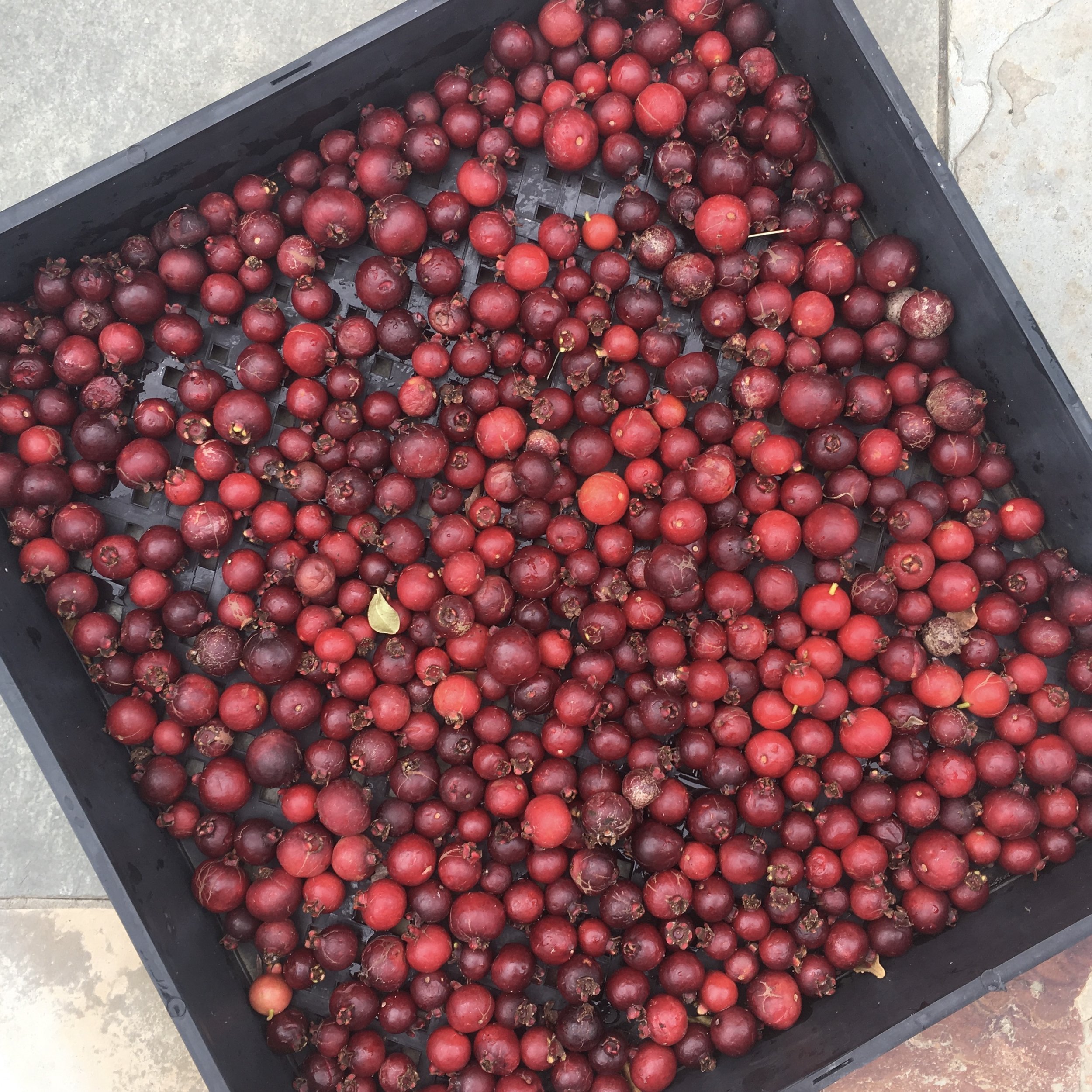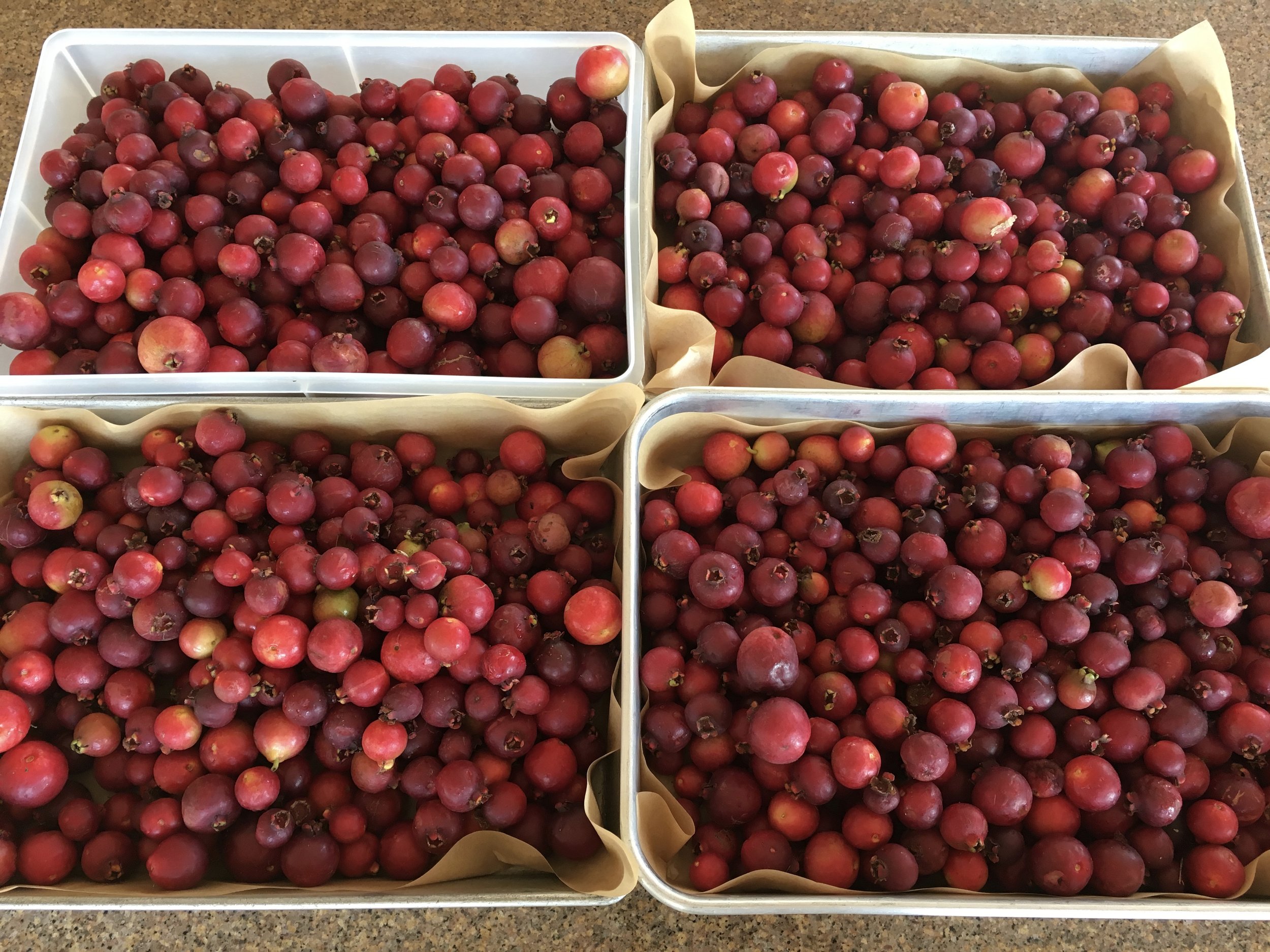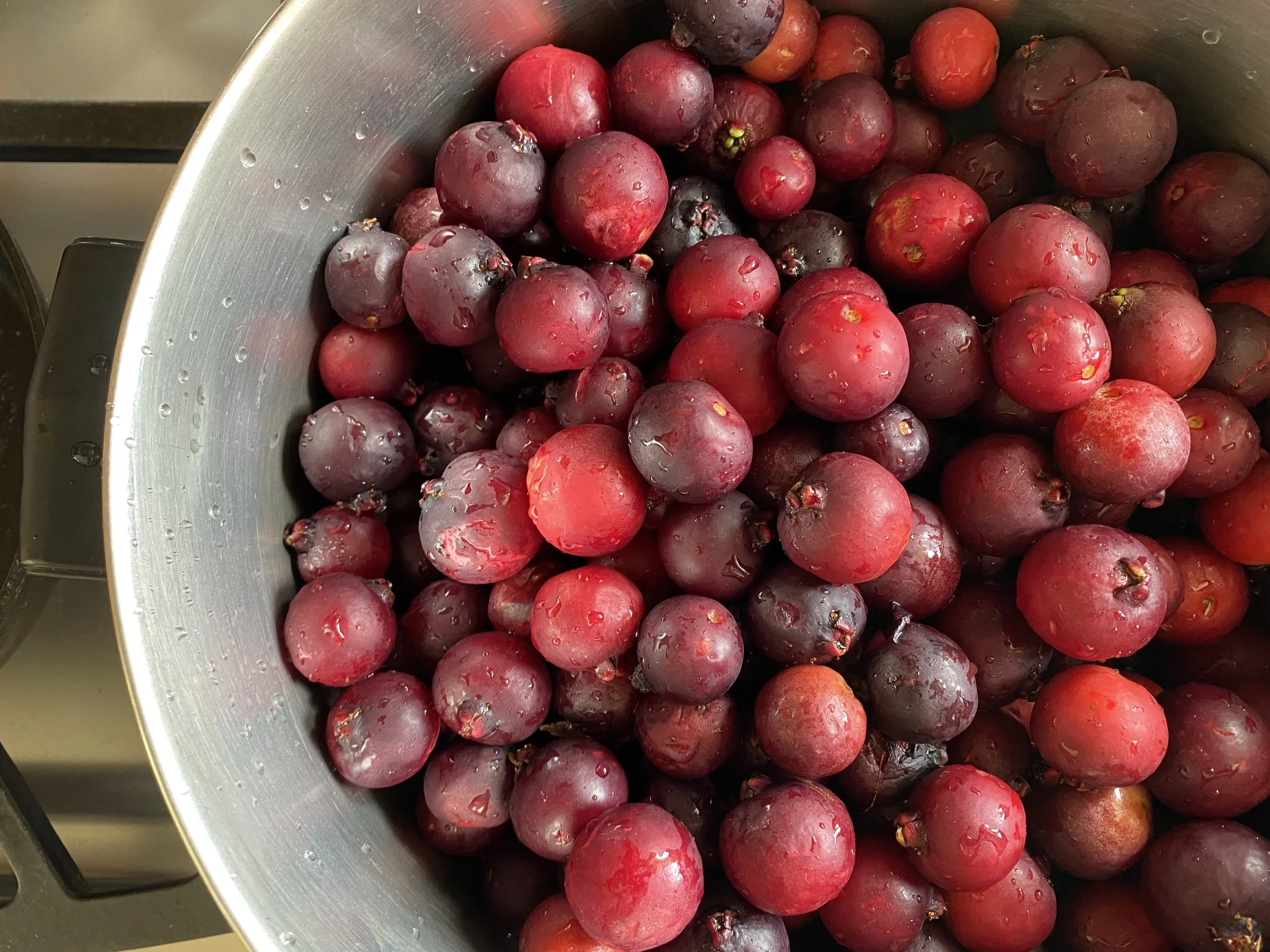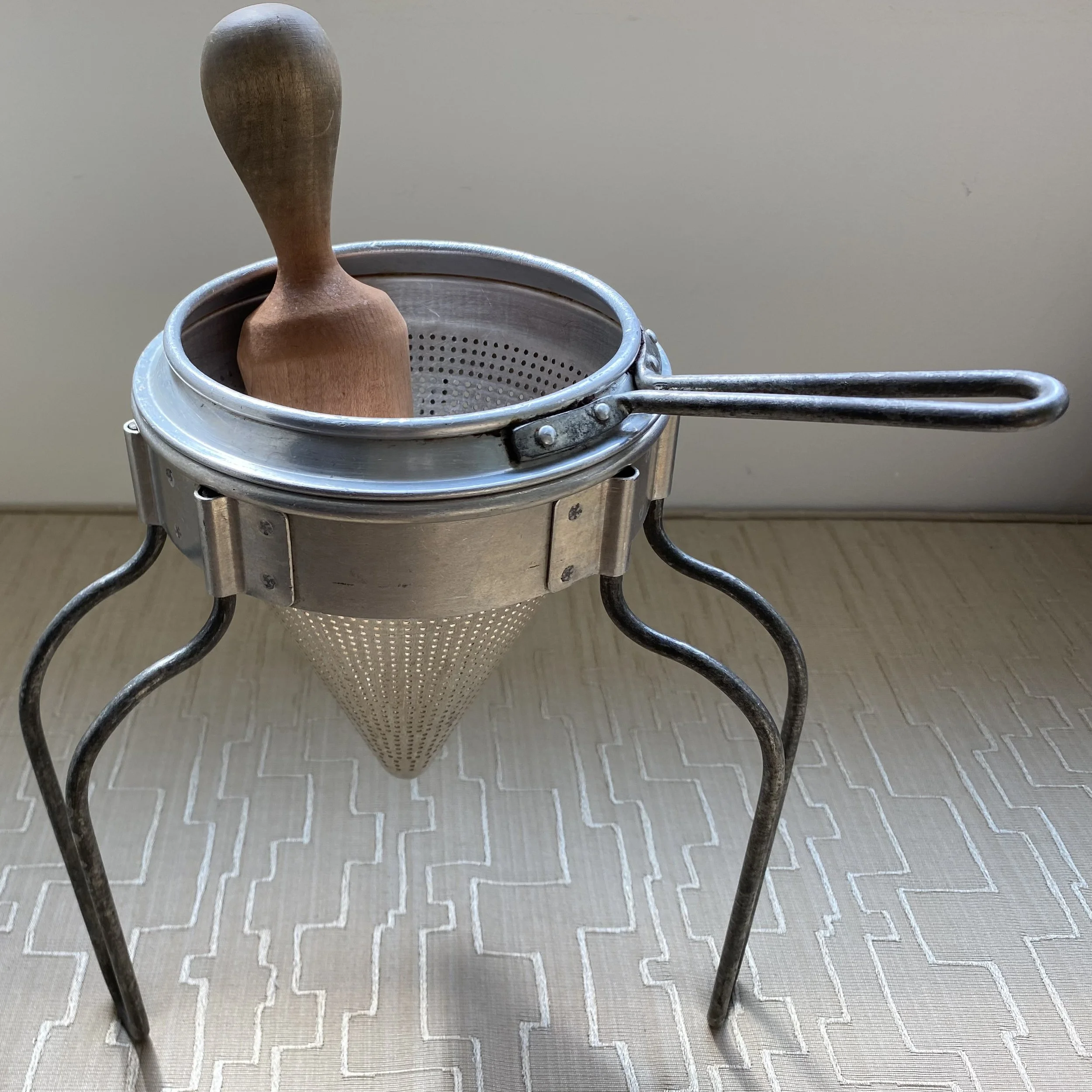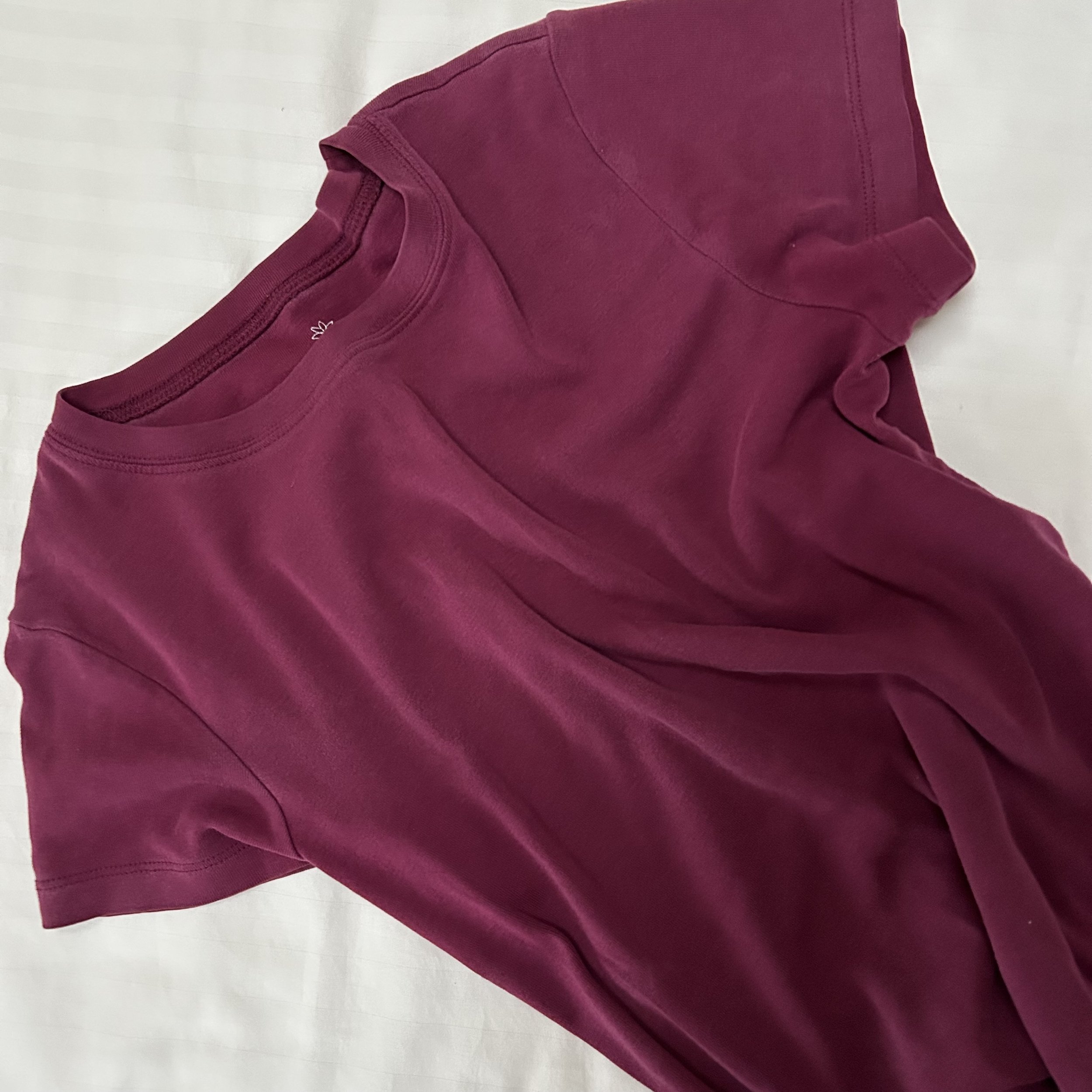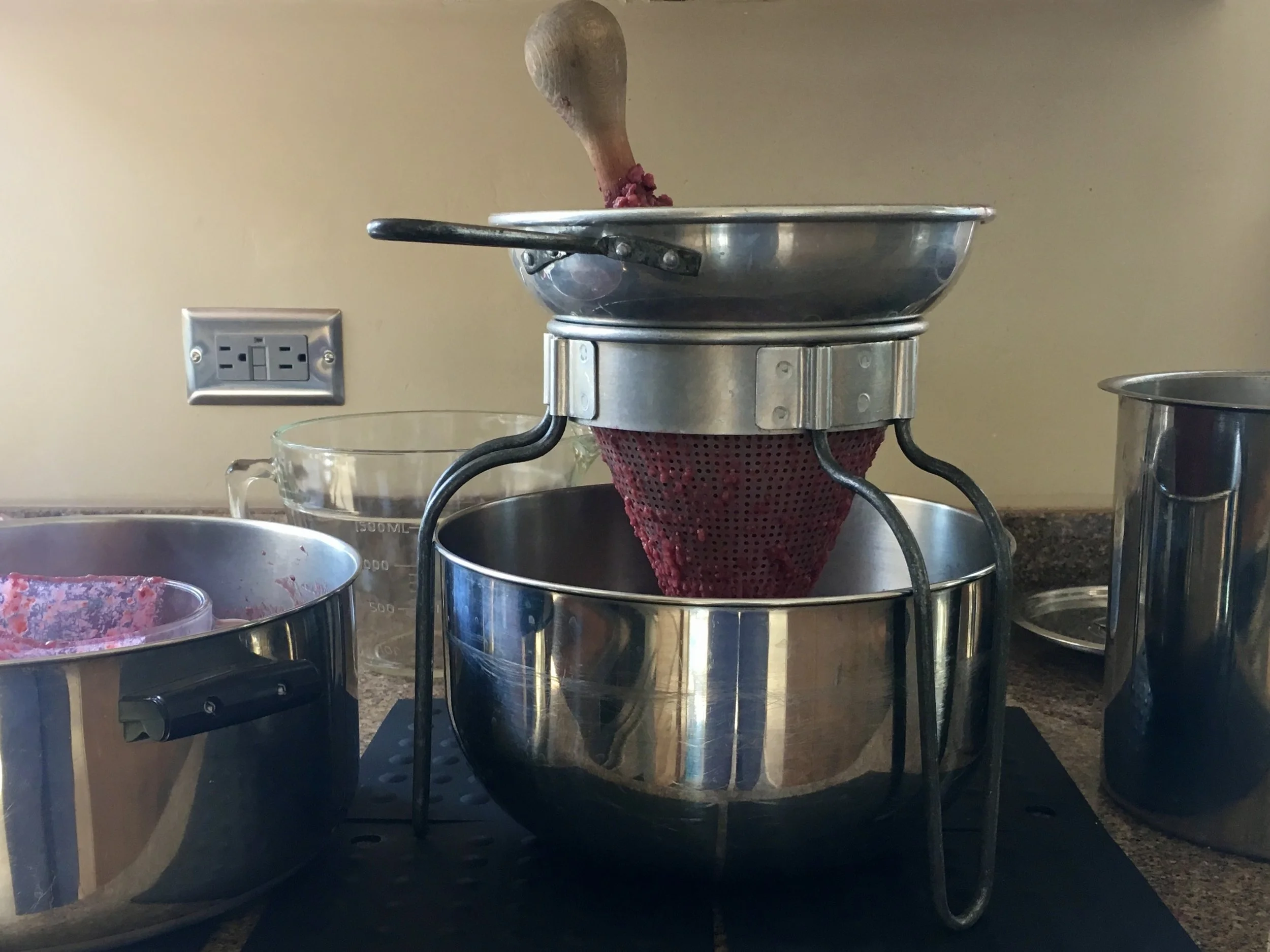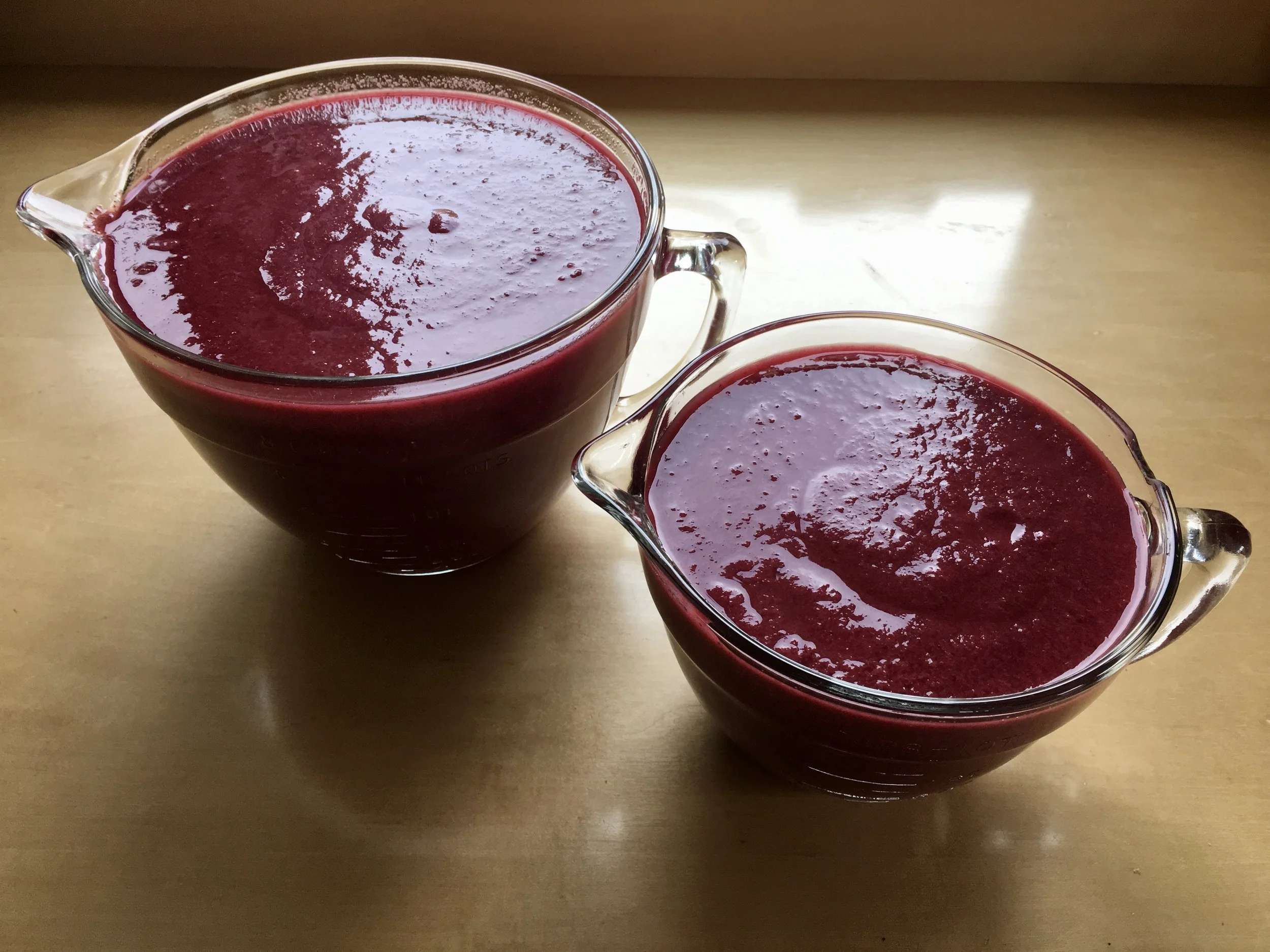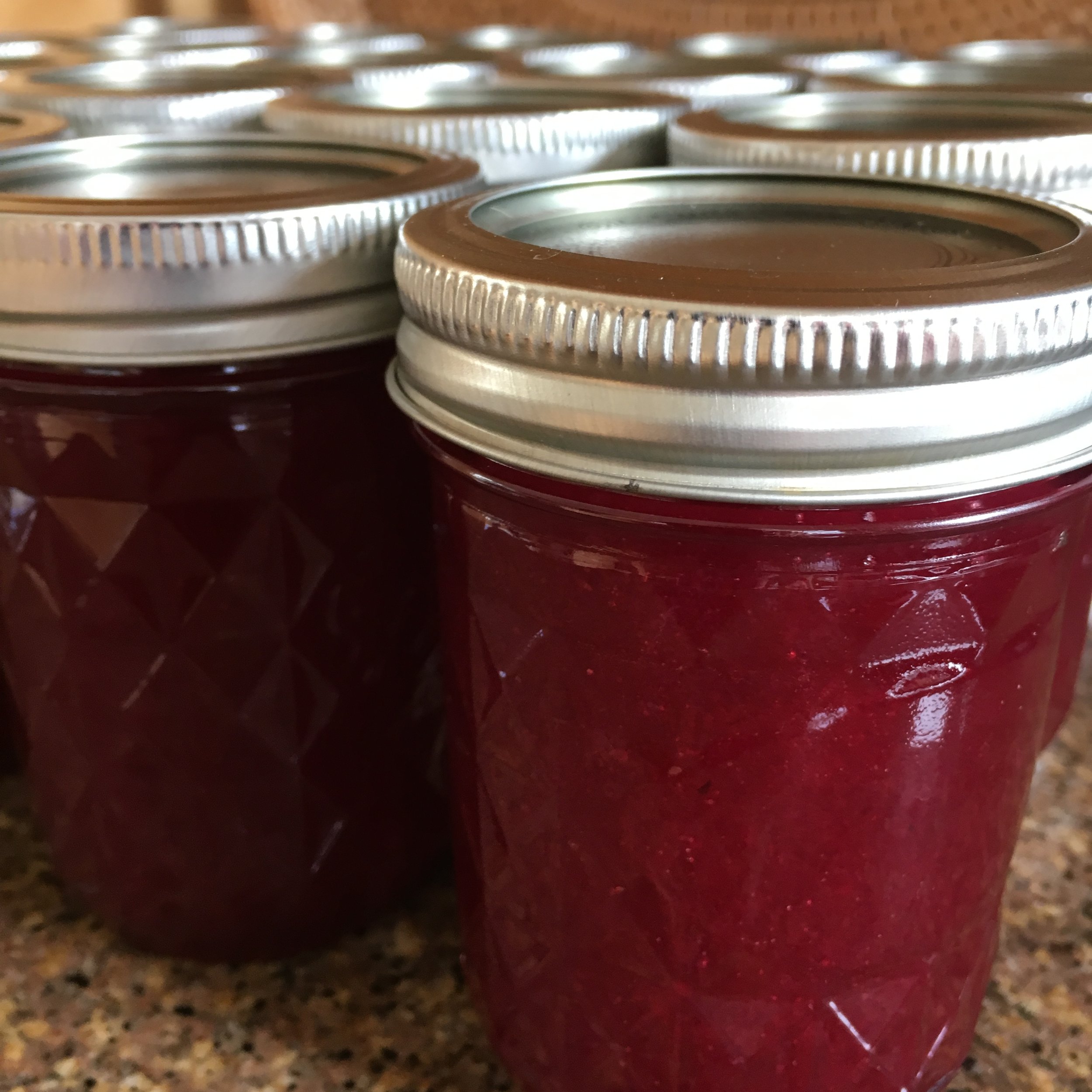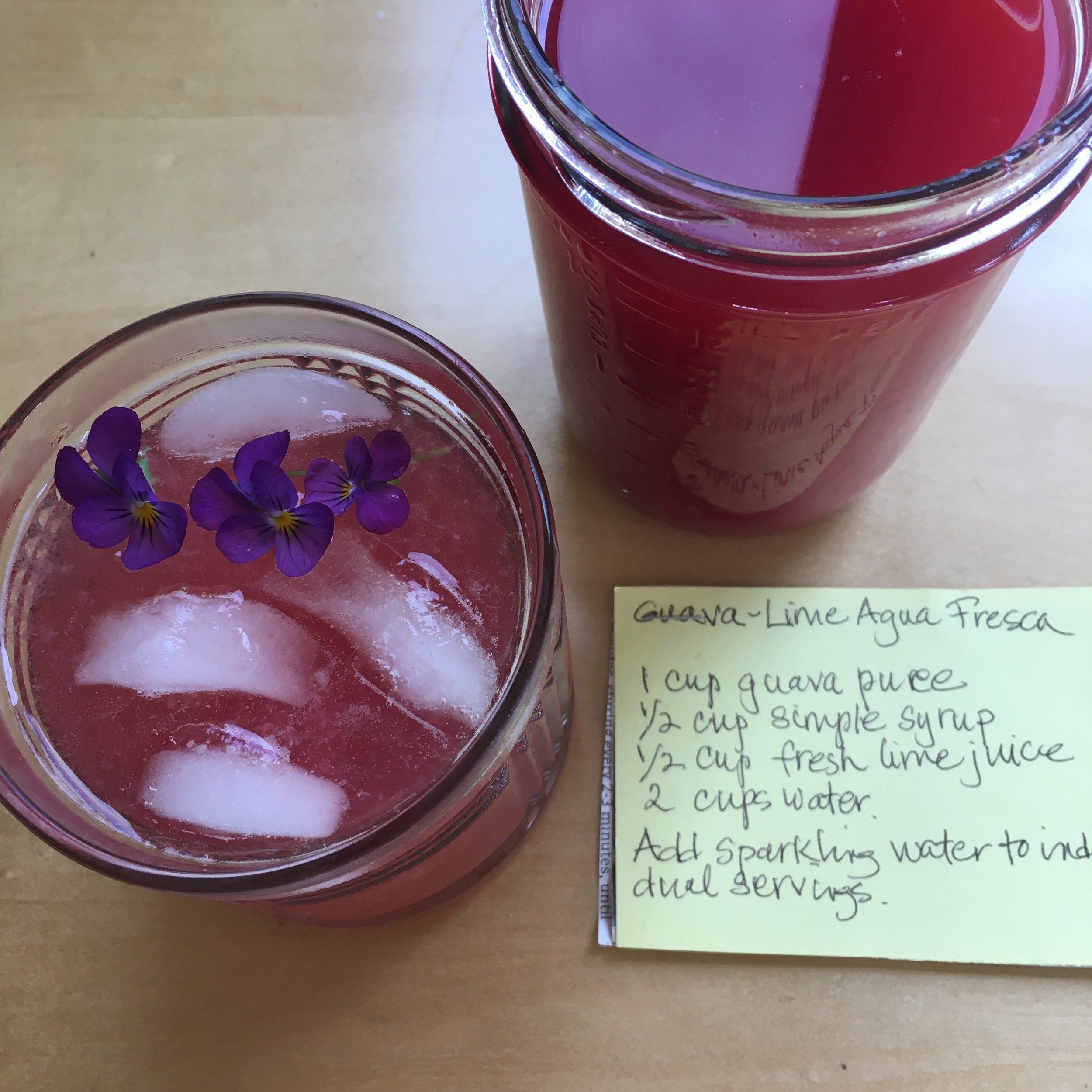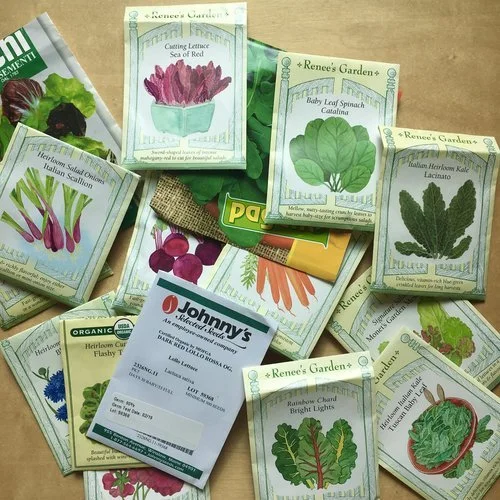Strawberry Guava Redux, Part 2
The thumbnail is a chance reflection of the strawberry guava tree in cooling, processed puree.
We are about 40 pounds into strawberry guava season and my scientist husband estimates that is about half the crop. I maintain a list of eager recipients and also travel the immediate neighborhood with a large container doling out whatever friends want. They get the best and largest. The smallest ones are processed for guava puree which is today’s Strawberry Guava Redux, Part 2.
Low garden trays with small openings ring the strawberry guava tree. Most mornings when the tree is in the shade, my husband gives the twelve foot tree a good shake and a shower of guavas lands in the trays. We empty the trays and do an initial sort with discards going to the compost bin and the largest ones pulled for friends. Then the guavas are transferred to containers where they’ll be stored until processed, usually in a few days. Thankfully, in a layer only 3-4 deep they keep well in the fridge.
A further sort occurs as the guavas are washed and placed in 6 and 8 quart saucepots on the stove. Only about half to three-fourths cup of water is needed since the guavas are so juicy.
The fruit is brought to a boil, covered and then simmered for about twenty minutes or until the guavas break down and the liquid is released. I help things along with a potato masher or spoon.
At this point I have readied the chinois and I’m wearing my guava shirt and a dark apron to camouflage splatters. As with berries, it takes boiling water to remove guava stains from clothes and linens.
From Wikipedia:
A chinois (English: /ʃiːnˈwɑː/; French pronunciation: [ʃin.wɑ]) is a conical sieve with an extremely fine mesh. It is used to strain custards, purees, soups, and sauces, producing a very smooth texture. It can also be used to dust food with a fine layer of powdered ingredient.
Chinois is a loanword from the French adjective meaning Chinese. French cooks call it this not because this kitchen tool comes from China but because it resembles an Asian conical hat.
While the cooked guavas cool slightly, I use an immersion blender to roughly puree the mixture. This allows the puree to proceed through the chinois strainer easily, leaving the seeds behind. The wood pestle forces the last of the goodness into the bowl below.
Six quarts of strawberry guava puree cool before ladling into containers for the freezer.
Over the years I’ve found other uses for strawberry guavas—in part out of desperation. Most often I stir the puree into plain Greek yogurt or my homemade applesauce. It also brightens the color and flavor of my cooked rhubarb. Frozen cubes of puree go into smoothies. Other favorite uses include strawberry guava sherbet, guava-lime agua fresca, guava paste and guava BBQ sauce.
There’s a strawberry guava tree in our church’s courtyard and yesterday I photo captured two children eagerly eating the fruit. On the right, my husband climbs the nine foot ladder to pick guavas up high.
Check the What I’m Planting Now page as I begin soon to sow seeds for the cool season garden. Then head today to Harvest Monday, hosted by Dave at Happy Acres blog and see what garden bloggers around the world harvested last week.
To leave a comment, click on “Leave a comment/Show comments,” enter the comment, then insert your name. Finally, click on “Comment as Guest” to post comment.

